
The rideshare industry is an ever-changing competitive environment, and new players always appear, and former giants seek to reinvent themselves. To any company that wants to succeed in this sector, it is not enough to have rideshare app software, but it is about getting the best rideshare app software. Whether it is a smooth user experience or solid safety measures, the capabilities baked into the application determine its success and adoption by the users. This guide will examine the seven most important features that companies, possibly even with the aid of professionals such as Mobility Infotech, must consider when creating or improving their rideshare app software.
1. Easy to Use User Interface (UI) and User Experience (UX)
Ease of use is the pillar of any successful app. In the case of the best rideshare app software, a user-friendly UI and smooth UX are the most important. Users must be capable of requesting a ride, entering their destination, and selecting the type of vehicle of their choice with minimal clicks. Likewise, drivers require a simple and compact interface to accept rides, navigate, and control their income. Unwanted screens, complicated menus, or slowness to respond can easily scare users away. The most suitable rideshare app software should be cleanly designed, rational in its structure, and responsive in its interactions so that all riders and drivers have a pleasant trip.
2. Powerful Geolocation and Live Tracking
The key feature of any rideshare app is that it helps identify the location and track vehicles in real-time. The aspect is not negotiable. The most suitable rideshare app software incorporates the most modern geolocation technologies, including GPS, to make accurate pick-up and drop-off points possible. Travelers are accustomed to being able to view where their driver is on a map as they are about to be picked up and have a proper Estimated Time of Arrival (ETA). To the drivers, real-time navigation and efficient routing are necessary to save fuel and be efficient. The whole process of ridesharing collapses without reliable mapping and tracking.
3. Safe and Wide Payment Methods
The ease of use is not only confined to booking the ride but also in the process of paying up. The most efficient rideshare app software will include a number of safe methods of payment, which will satisfy the preferences of a great number of users. This normally comes with credit/debit card integration, mobile wallets (such as Google Pay and Apple Pay), and even cash variants. It is important to have secure transactions by having strong payment gateways to instill the trust of the user. Moreover, opportunities such as fare estimate prior to booking and the possibility to divide fares among the users contribute to the level of transparency and customer satisfaction.
4. All-Encompassing Safety Options
The issue of safety is a major concern among passengers and drivers within the rideshare system. The rideshare app software should be exceptional and a commitment to the safety of the users, with a set of integrated features. This includes:
SOS/ Emergency Button: A fast access button in the app to contact emergency services or pre set contacts in case of an incident.
Live Trip Sharing: The capacity to enable passengers to exchange ride information and their current position with their trusted contacts.
Driver and Passenger Verification: Strong background checks of drivers and safe identity verification procedures of all users.
In-App Communication with Number Masking: Enables passengers and drivers to communicate without sharing their personal phone numbers.
Rating and Review System: A two way feedback system that helps both the party to rate their experience and this helps in accountability and also helps in the quality of the service.
These capabilities instigate trust and give assurance to all the users of the platform.
5. Effective Ride Matching and Dynamic Pricing
Ride matching and pricing algorithms are essential to the effectiveness and profitability of rideshare app software. The superior rideshare app software is programmed with complex algorithms that enable the application to rapidly match riders with the closest drivers within the shortest time possible. A major feature is dynamic pricing, when the fares are changed depending on the demand, the supply, and other factors in real time, such as traffic conditions. It can be controversial, but it motivates drivers during the most popular time of the day and contributes to a stable level of service supply. A dynamic pricing strategy done in the right manner will consider the profitability of the drivers and the affordability of the riders.
6. Smooth In-App Communication and Notifications
Communication among passengers, drivers, and the platform is crucial. The most effective rideshare app software also includes chat and calling tools where the passenger and driver can arrange pick-ups or discuss details without having to leave the app. Moreover, push notifications are essential to update users on every step of their path, as they may receive a notification when the ride is confirmed, when the driver arrives, when the fare is calculated, and when a special offer is available. Clear and timely notification increases the user experience.
7. Scalable and Robust Backend Infrastructure
While often invisible to the end-user, the backend infrastructure is the backbone of any successful rideshare app software. It needs to be capable of handling a massive volume of ride requests, managing driver networks, processing payments, and storing user data securely. A scalable architecture ensures that the app can grow and expand without performance issues or crashes. For businesses considering developing their own solution, partnering with an experienced technology provider like Mobility Infotech is crucial. Their expertise in building robust and scalable platforms can make all the difference in delivering a top-tier rideshare experience.
In conclusion, developing the best rideshare app software involves more than just basic functionality. It requires a deep understanding of user needs, a commitment to safety, and a technologically advanced backend. By focusing on these seven key features, businesses can create a rideshare application that not only meets but exceeds user expectations, paving the way for sustained growth and success in the competitive mobility market.



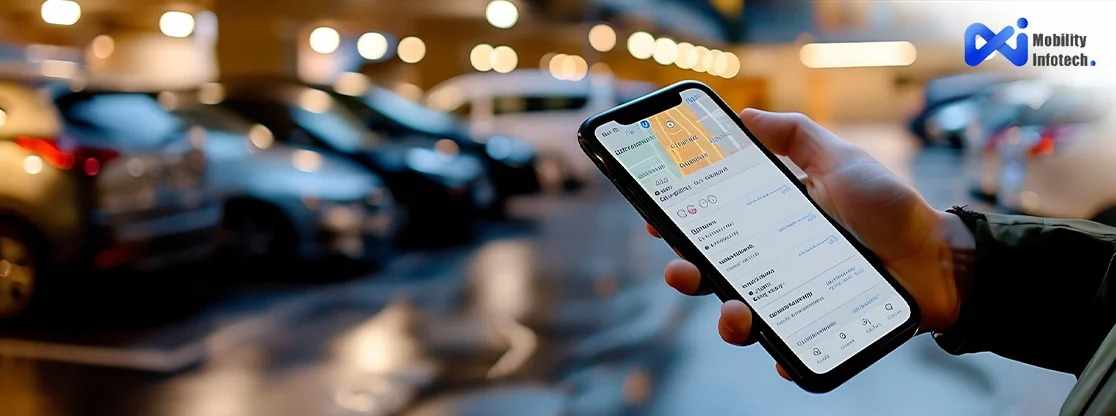
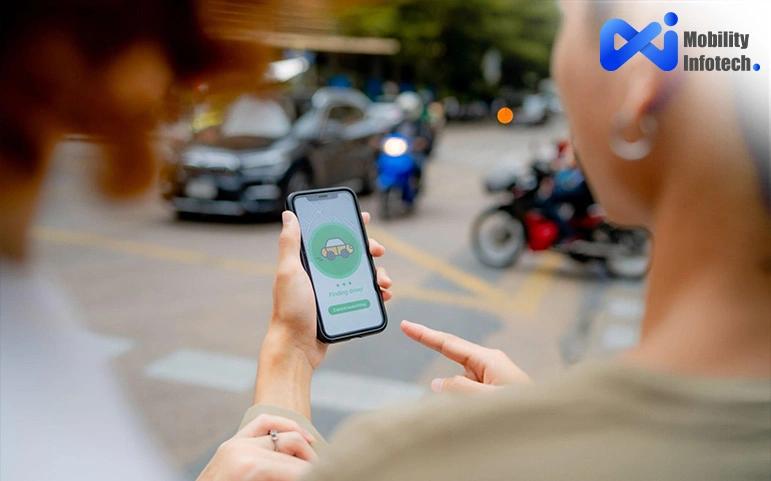





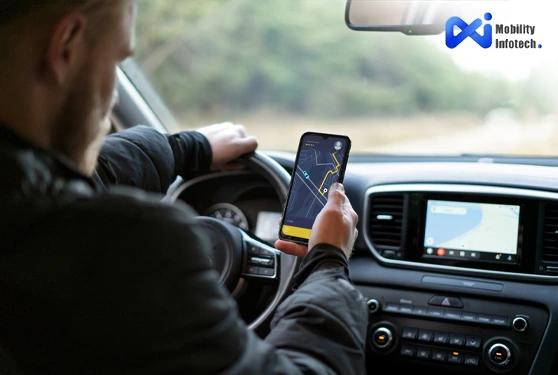
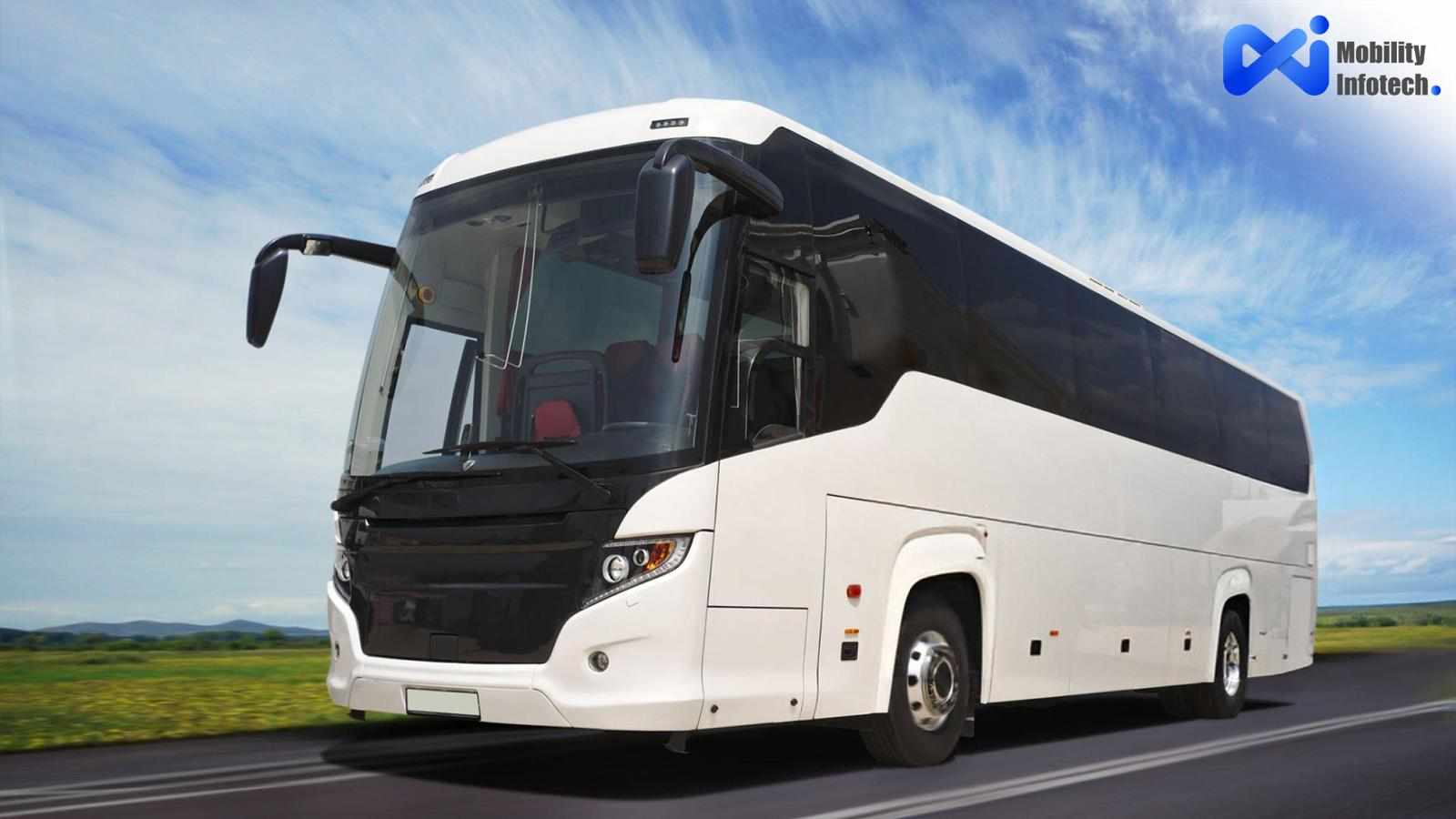

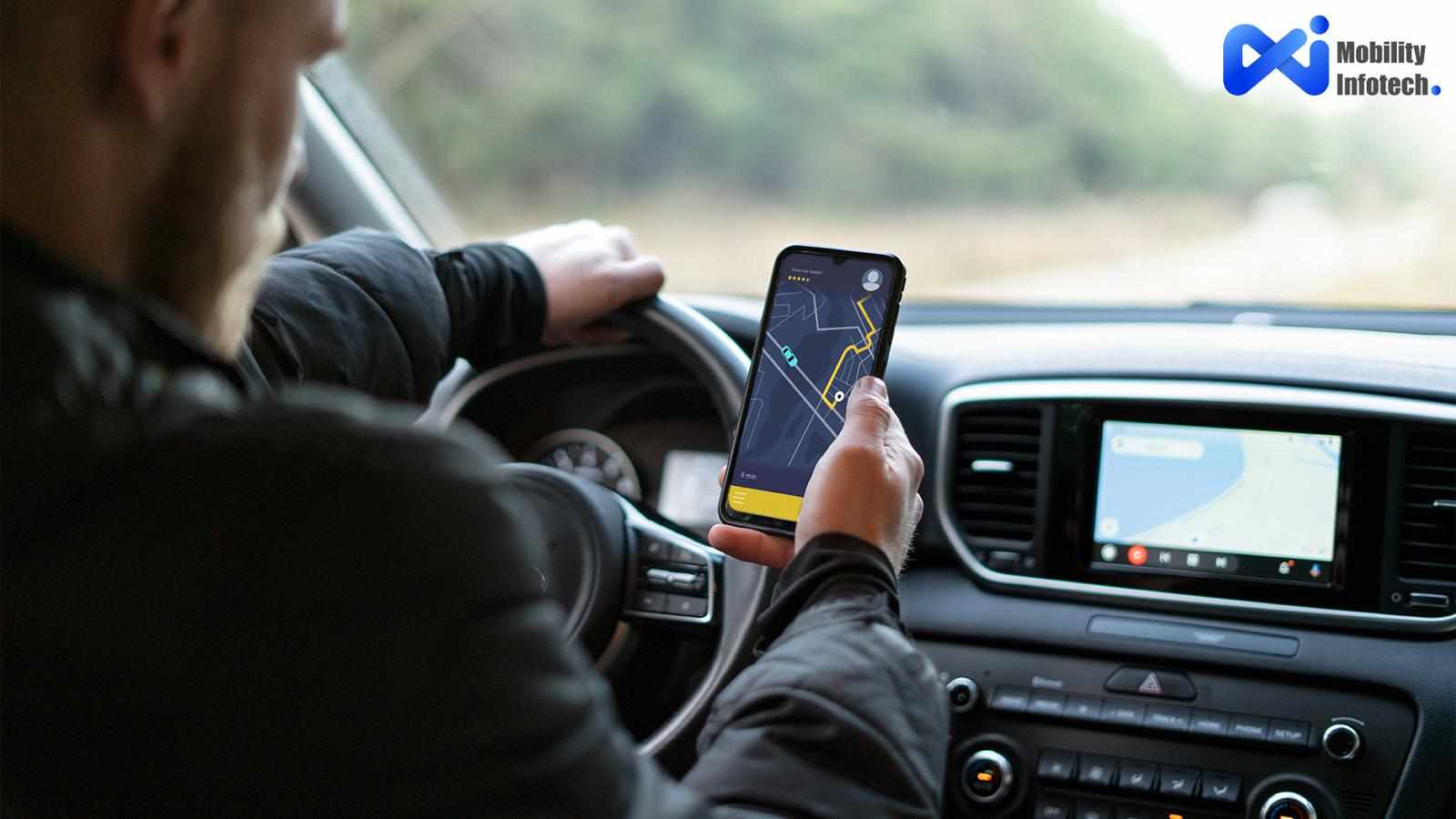

Write a comment ...